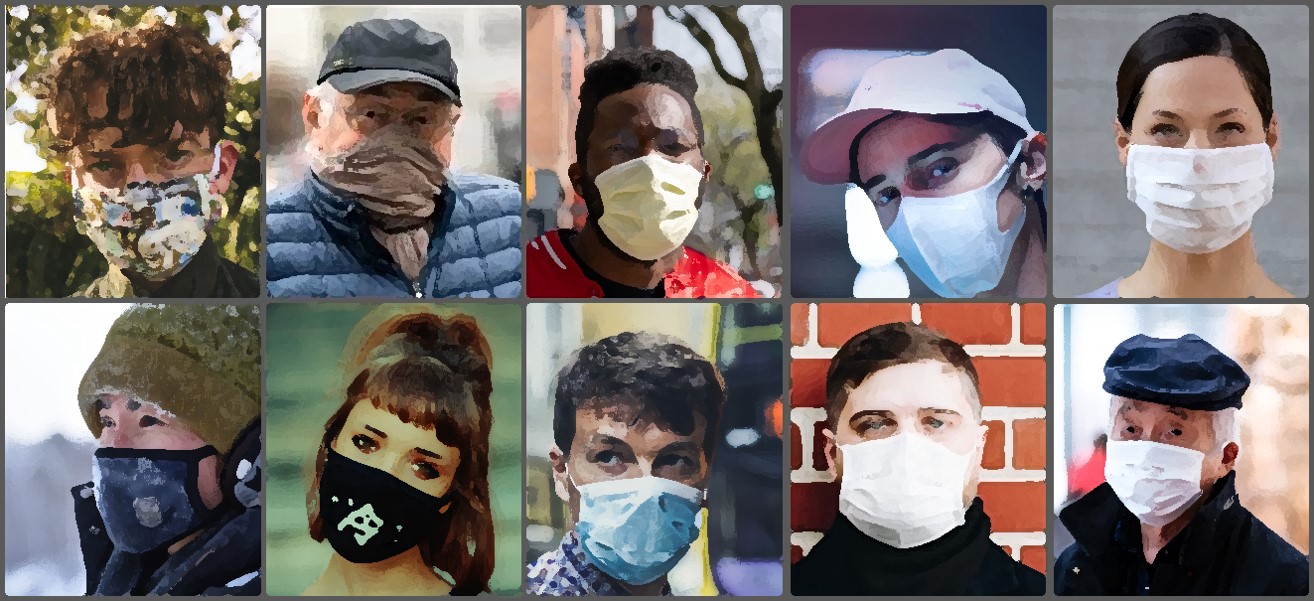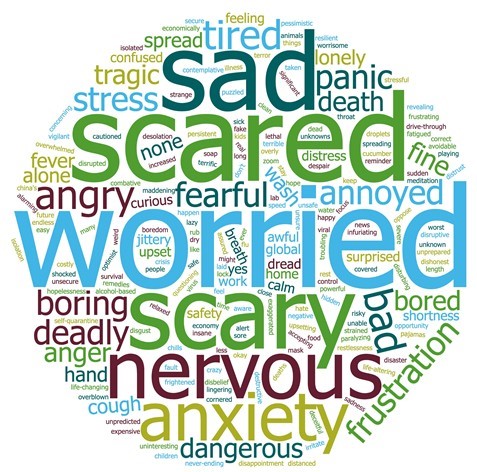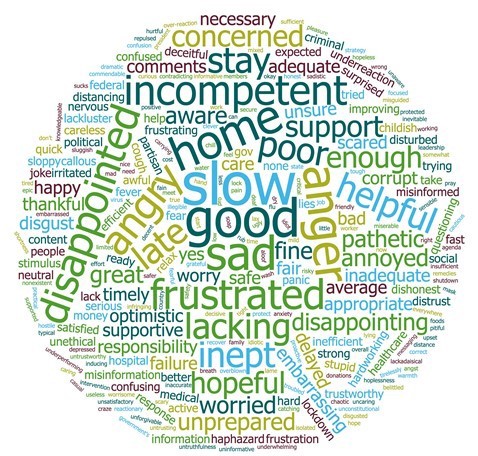The question we’ve been asked the most by clients the past few months is:…

Brandishing and Blunting the Batson Challenge
“Batson challenge.” Few phrases cause greater discomfort in the courtroom. Counsel who are subjected to a Batson challenge – or its various incarnations in state court (Wheeler in California, Neil/Slappy in Florida, etc.) – often cringe at the implication that they have just engaged in prejudicial behavior. Further, they are often unprepared to state a proper reason for exercising a strike that by definition is not supposed to require one. On the other hand, attorneys may be reluctant to make Batson challenges themselves, perhaps because they are not familiar with the mechanics of doing it, or because they fear provoking retaliatory Batson challenges from the other side (or both).
We believe Batson challenges are a critical but underappreciated avenue for gaining an advantage in jury selection. The reality is that gender, race, and other background characteristics often do correlate with peremptory strikes, whether this is deliberate, coincidental, a function of the venue’s demographics, or related but unintentional (for example, when a party is striking jurors with a specific experience or attitude that is disproportionally found in one demographic group; e.g. women are more likely to have experienced sexual harassment or discrimination than men; men are more likely to have played full-contact sports). While in our experience many judges have traditionally been reluctant to grant Batson challenges, we have seen this quickly changing – especially in more diverse, social justice minded venues. Further, the payoff for a successful Batson challenge is often massive – the losing side is stuck with a juror they did not want to live with. Even a losing Batson challenge can have a positive impact, by making your opponent reluctant to strike a juror with a similar demographic background due to the presumption the judge will apply greater scrutiny to it.
The bottom line is that every trial team should prepare for jury selection with the assumption that Batson challenges will need to be made and defended. There are three key aspects to properly preparing for Batson challenges.
I. Do Your Homework
Make sure you are crystal clear on the law governing Batson challenges in your venue. The following questions are essential to know:
- What criteria are relevant to a Batson challenge?
- Ethnicity and gender always are. Other criteria can vary; e.g. sexual orientation has been included in the 9th Circuit since 2014.
- Some venues have appellate law upholding Batson challenges made against any group – this can include white men, even though they are not a protected class.
- In certain venues, age and inexperience are considered valid reasons to strike younger jurors.
- What is the standard? Most venues simply require a party to state a genuine, neutral reason for exercising the peremptory. However, last year Washington State adopted General Rule 37, which set a higher bar to overcome a Batson challenge – a party must affirmatively demonstrate that an objective observer could not view race or ethnicity as a factor in the peremptory strike decision.
- Is it necessary to demonstrate a pattern of exclusion for a particular group? Some venues require a pattern – meaning you have to wait until multiple jurors of the same group have been struck – though many do not. All weigh whether multiple jurors of the same group were struck, as well as how many of the remaining jurors are of this group.
In addition, it is extremely helpful to know how your trial judge handles Batson challenges ahead of time. This varies greatly even within a specific venue. Some judges are quite dismissive and will accept virtually any reason as sufficiently neutral. Other judges are very sensitive to the issue. I’ve witnessed such judges affirmatively note a juror is a member of a protected class and independently raise Batson challenges on them without prompt from opposing counsel. Given this variance, it is important to reach out to colleagues or peers who have tried a case in front of your judge and ask them how he or she handled this issue. If possible, obtain and review transcripts from jury selection in a previous case presided over by your judge.
II. Plan as if Every Strike You Make will be Batson Challenged
The best way to ensure you aren’t on the receiving end of a successful Batson challenge is to expect them, and prepare accordingly. This is especially important in diverse venues like Los Angeles and Miami where the vast majority of jurors are ethnic minorities and/or women, and thus always eligible to be Batson challenged. Specifically, counsel should:
- Plan to talk to every juror who is remotely in contention for a peremptory strike. Make sure to ask them case-specific questions likely to elicit responses that will cement a proper rationale for a strike. When doing so, always follow up with jurors on why they feel a certain way – regardless of whether the initial question was in a juror questionnaire or asked orally. This is a particularly effective tactic; such questions encourage jurors to provide unique responses that can later be used to differentiate why you are striking them versus another juror with a similar initial response.
- Put body language or other visual observations of problematic jurors on the record as soon as you can. Judges (and the law) are often skeptical of such rationales for a strike when they are only raised after a Batson challenge is made. If a juror is giving you some physical cue put this on the record during, not after, voir dire. This can be done while talking to the juror (“I see you are getting emotional and a little teared up while discussing your grandmother”) or at sidebar/the next break (“Your honor I’d like to note for the record that juror #2 appeared to be sleeping during my voir dire”).
- Argue every potential cause challenge. Moving for cause on a juror, even if you are likely to be denied, can help you to defend the peremptory strike of that juror later on. Arguing cause allows you to alert the judge and put on the record the specific problems you have with the juror. Bottom line: if you have a passable cause argument for a juror you may strike, make it, even if you don’t think you will ultimately win (plus, you could be wrong).
- Identify neutral reasons when deciding on peremptory strikes – don’t wait until after you make them. Internal discussions about who to strike should also include what the reason for this strike is in case a Batson challenge is made. Whoever is making the strikes on the record should be crystal clear of the reason(s) before speaking to the Court. This is critical because how an attorney responds to a Batson challenge is often as important as the substance of their response. When counsel struggles to quickly identify a neutral reason for a strike, this suggests to the judge that the rationale may in fact be pretextual, regardless of what it is. Conversely, an attorney who is prepared for this challenge and can quickly and authoritatively respond to it with a neutral reason signals that their stated reason is authentic and proper. We often designate a member of the trial team to keep a list of the valid reasons for striking jurors during voir dire to ensure we always have the proper rationale handy when a Batson challenge is made against us.
III. Scrutinize the Opposition’s Strikes for Any Opportunity to Win a Batson Challenge
During striking, it is easy to be consumed entirely by your own choices and lose sight of what the opposition is doing. This can lead to missed opportunities to raise successful Batson challenges. We recommend assigning a member of the trial team to review the other side’s strikes in real time for any opportunity to make a successful Batson challenge. Specific factors to hone in on include:
- What legitimate criteria could the other side claim for striking the juror? In our experience, many attorneys do strike jurors based on basic demographic and background information (for example, plaintiffs in personal injury and wrongful death cases tend to disproportionately strike men with some form of leadership experience at work). If a juror has provided little or no case-specific information, a Batson challenge may very well prove successful.
- Did opposing counsel talk to the juror at all/at length? Similar to the previous point – if counsel fails to ask a juror about case-related topics, a Batson challenge may be more likely to succeed, especially if they have asked most of the other jurors such questions. This is true even when there is a juror questionnaire – many judges are much more suspicious of strikes made against jurors that counsel did not speak with, even if the juror wrote a problematic or telling statement in their questionnaire. We have witnessed numerous Batson challenges granted because counsel failed to speak with a juror at all.
- Is opposing counsel’s reasoning specific to the struck juror? If other jurors who remain on the panel have the same experience/attitude, highlighting this may undermine the validity of opposing counsel’s argument against the Batson challenge – especially if the remaining jurors are of a different group.
- Is there a pattern? As previously noted, establishing a pattern of strikes – particularly if this results in the exclusion of a certain group from the seated panel – is often a critical (and sometimes necessary) aspect of winning Batson. At a minimum, alerting the Court to the fact that the other side’s strikes indicate a pattern of excluding one group may dissuade opposing counsel from continuing to strike jurors from that same group.
Written by Stephen Duffy, Senior Consultant
If you have any questions about this or other topics in jury research and trial consulting, please contact us.
clientservices@trialbehavior.com
twitter
LinkedIn
Chicago: 312.590.8324
Los Angeles: 310.826.2005
San Francisco: 415.781.5879



